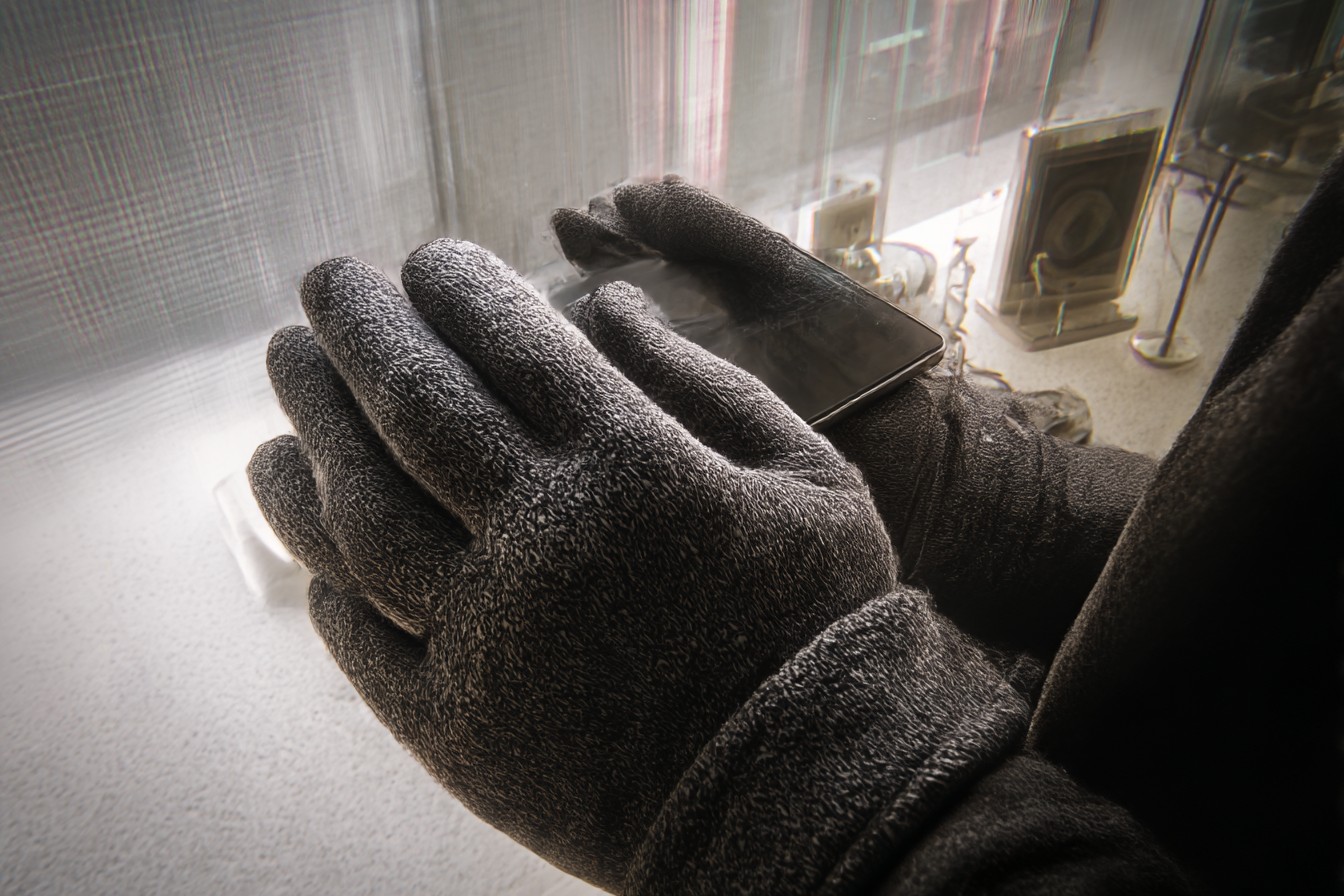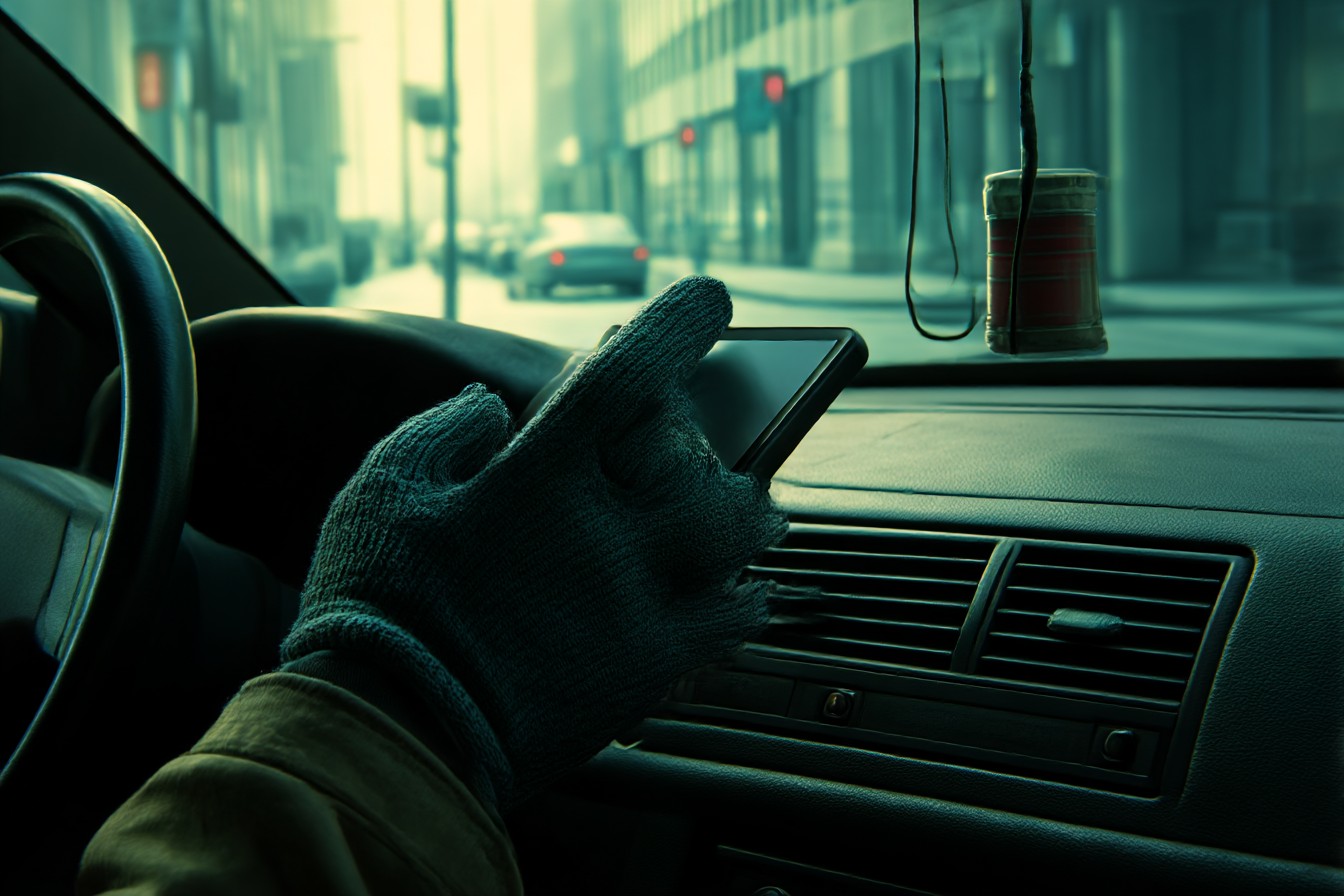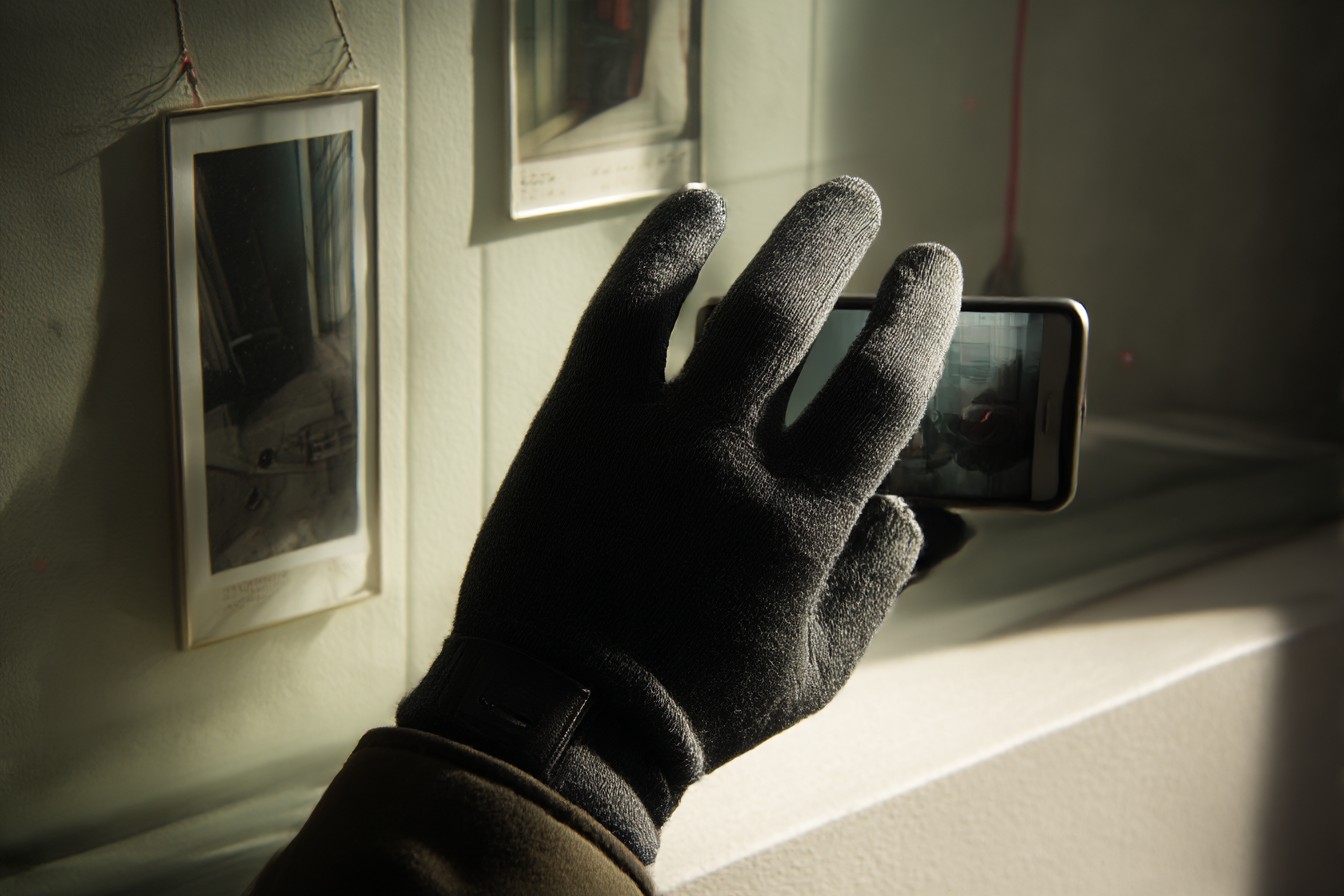I bought a pair of those fancy touchscreen gloves last winter. You know the type – the ones that promise you can text, swipe, and scroll without exposing your fingers to the biting cold. “Never get frostbite while checking Instagram again!” the packaging practically screamed at me. Forty quid later, I was the proud owner of sleek black gloves with special conductive thread woven into the fingertips.
The first time I wore them outside in the freezing London drizzle (that weird not-quite-rain that somehow soaks you more thoroughly than actual precipitation), I tried to answer a call from my mum. Nothing happened. I jabbed at the screen harder. Still nothing. I eventually had to do that awkward teeth-and-glove maneuver to pull one off, by which time the call had gone to voicemail and my exposed hand was turning an alarming shade of purple.
This wasn’t supposed to happen. The gloves had “TOUCH-TECH COMPATIBLE” printed right on the tag in shiny foil letters. There were even little metallic pads on the thumb and index finger that caught the light when I moved my hand, like some kind of technological fashion statement.
I’ve since learned I’m not alone in this frustrating experience. My colleague Jamie bought a different brand – the posh ones with leather palms that cost nearly double what mine did – and reported the same issue. “They work,” he told me over coffee, “but only if you press so hard you’re afraid you’ll crack your screen. And even then it’s like trying to use your phone while wearing oven mitts.”
The gap between what touchscreen gloves promise and what they actually deliver is wide enough to drive a double-decker bus through. Yet we keep buying them, don’t we? It’s like we want to believe.
My friend Sarah, who works in consumer electronics, explained the technical problem to me over drinks one night. “The issue is that capacitive touchscreens – the kind in most phones – detect the electrical conductivity in your fingertips,” she said, drawing invisible diagrams on the pub table. “Most gloves use conductive threads or coatings that just aren’t consistent enough in their conductivity. They might work in the factory test environment, but add body heat, moisture from snow, wear and tear… it’s a different story.”
“So they’re basically selling us a concept rather than a functioning product?” I asked.
“Pretty much,” she nodded. “The technology exists to make them work properly, but it would be expensive. Most manufacturers cut corners.”
This got me thinking about all the other “compatible” accessories that aren’t actually… well, compatible. The universal remote that controls everything except the one device you need it for. The waterproof phone case that’s fine for a light splash but transforms into a water magnet the moment it goes near a swimming pool. The Bluetooth headphones that connect flawlessly to every device except the one you own.
Last Christmas, my brother-in-law Dave gave me a pair of what he called “the Ferrari of touchscreen gloves.” They cost nearly a hundred quid, apparently, with some revolutionary nanotechnology woven throughout the entire glove, not just the fingertips. “These definitely work,” he assured me. “Tested them myself.”
The packaging was certainly impressive – matte black box with silver embossing, magnetic closure, the works. Inside, nestled in black tissue paper, were the sleekest gloves I’d ever seen, thin enough to seem like they’d offer dexterity but substantial enough to promise warmth.
The next morning, I took them for a spin while walking the dog. Temperature: approximately freezing your bits off degrees Celsius. Phone: latest model, screen cleaned and responsive. Gloves: on. Result: absolutely bloody useless.
I could occasionally get a response if I pressed with the very tip of my index finger at precisely the right angle with the perfect amount of pressure – a combination so specific it would make a safe-cracker weep. Trying to type a text was like performing microsurgery while wearing boxing gloves.
When I told Dave, he seemed genuinely shocked. “But they worked perfectly in the shop!” Of course they did. I’m convinced there’s some sort of electromagnetic field in electronics stores that temporarily grants all touchscreen gloves magical powers of conductivity, which immediately disappear upon leaving the premises.
What’s particularly maddening is that some gloves work perfectly for certain people but not others. My wife can use my completely useless gloves without any issues. She just taps away happily while I’m standing there repeatedly stabbing at my screen like I’m trying to perform digital acupuncture.
“It’s your body chemistry,” a salesperson told me when I returned yet another pair. “Some people have more electrical conductivity in their hands.” I’m not sure if that’s actually true or if he was just trying to make me feel better about my apparent technological incompatibility, but I’ve chosen to believe I have super-powered hands that are simply too electric for mere gloves to handle.
I’ve tried them all, I really have. The ones with the special coating that wears off after two weeks. The ones with the metal threads that make your fingers look like they belong to a budget cyborg. The ones that require you to remove the entire glove but have a special pocket to put your bare hand in while you use your phone (defeating the entire purpose, if you ask me).
Last year, in a moment of desperation during a particularly nasty cold snap, I even tried those weird fingerless gloves with the mitten cover that folds back. You know the ones – they make you look like you should be picking pockets in a Dickens novel. They worked perfectly with my touchscreen, of course, because MY ACTUAL FINGERS were exposed. At that point, I might as well just use normal gloves and take them off when needed.
The marketing images are always the same – smiling models in winter wonderlands, effortlessly sending texts or capturing the perfect snowy Instagram shot while remaining toasty warm. Not a hint of the frustration, the repeated tapping, the increasingly aggressive swipes, or the eventual profanity-laden removal of the glove using teeth because the other hand is holding a coffee cup.
The worst part is, sometimes they work just enough to give you hope. You’ll successfully unlock your phone and think, “Brilliant! They’re working today!” only to find yourself completely unable to open any apps. Or you’ll manage to open your weather app but then can’t scroll down to see if the sleet is going to turn into proper snow. It’s that inconsistency that drives me mad – like a slot machine paying out just enough to keep you feeding in coins.
I’ve developed coping strategies, of course. I’ve become adept at using my nose to tap my screen in emergencies (though I draw the line at using it for my phone’s facial recognition). I’ve mastered the one-handed glove removal technique that involves pinching the glove between my knees while pulling my hand free (success rate: approximately 60%, with a 40% chance of dropping either the glove or the phone).
My latest pair – which I bought despite knowing better, because hope springs eternal – came with a satisfaction guarantee. “If they don’t work with your device, return for a full refund!” the website proclaimed. When I tried to take them up on this offer, I discovered the small print: I needed to prove they didn’t work. How exactly does one prove a negative? Should I film myself failing to use my phone? Submit a notarized statement from witnesses attesting to my touchscreen struggles?
I ended up keeping them. They now reside in my drawer of abandoned tech accessories, alongside wireless earbuds that only connect to one ear at a time, a phone stand that topples over if you breathe near it, and three different “universal” chargers, none of which seem to understand the concept of universality.
Perhaps the most honest interaction I’ve had about this whole touchscreen glove debacle was with an elderly shop assistant in a small independent outdoor store. When I asked which of their gloves worked best with touchscreens, she looked at me over her reading glasses and said, “Love, none of them work properly. Buy the ones that keep your hands warmest and just take them off when you need to use your phone. That’s what everyone ends up doing anyway.”
I should have listened to her. Instead, I’m five pairs deep in a quest for the impossible – truly functional touchscreen gloves. If you’ve found a pair that actually, consistently works, do let me know. Until then, I’ll be the one with the frost-nipped fingers, stubbornly texting with bare hands in the middle of January, refusing to admit defeat.








